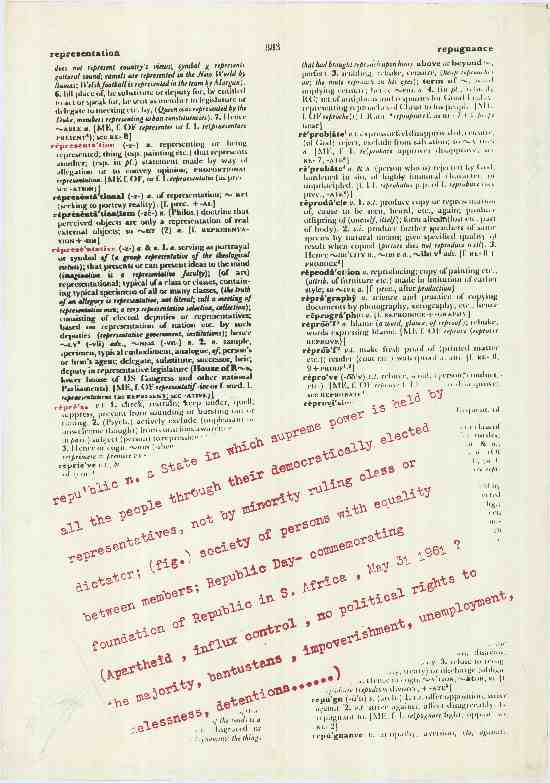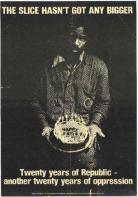Exactly one hundred years ago, the Union of South Africa was established, bringing together the South African Republic (renamed the Transvaal Republic), the Orange Free State (renamed the Orange River Colony), the Cape Colony and Natal. On the 31 May, 1902, representatives of the Boer Republics and the British government signed the Treaty of Vereeniging (also known as the Peace of Vereeniging), intended to foster unity between the white settler populations. Union would come exactly eight years later.
The Bambatha Rebellion in Natal serves as a powerful early example of resistance against the racial terms of peace of the Treaty of Vereeniging. After one chief, Bambatha, defied British imperial control by killing a farmer in a dispute over higher taxation, he was quickly deposed by the British authorities. This led to a fierce military confrontation with colonial forces on 5 May 1906. Bambatha was eventually captured and killed on 10 June 1906.
At the National Convention held on 12 October 1908, the terms and constitution of the new Union were discussed, and by 11 May 1909, these proposals were transmitted to the British government. A Bill was prepared, and on the 20 September 1909, the South Africa Act was passed, concretising racist legislation disenfranchising black South Africans. In the run-up to unification, a delegation opposing the terms of the new Constitution travelled to London to request amendments to the South Africa Act. This delegation was led by former Cape Colony Prime Minister, William Schreiner. Included in the Schreiner Mission was Dr. Abdurahman, leader of the Coloured delegation, and John Tengu Jabavu, leader of the African delegation. In spite of opposition, the Union of South Africa was declared on the 31 May 1910. According to the South Africa Act, both the English and Dutch cultures would be "treated on a footing of equality, and possess and enjoy equal freedom, rights, and privileges. " This did not extend to black South Africans. According to Abdurahman,
"no Coloured person could do otherwise than regard the day as one of humiliation and prayer."
John Tengu Jabavu established the South African Native National Congress in 1912, which would serve as the forerunner to the African National Congress. The following year, in 1913, the Natives' Land Act effectively relegated most of the land rights in South Africa to the white minority of the population. The Union of South Africa Act 0f 1910 paved the way for the architects of apartheid, particularly with the success of the National Party in 1948. By 1960, the role of the Union of South Africa in the British Commonwealth was hotly contested. On the 31 May 1961, South Africa left the Commonwealth, and this day became known as Republic Day. During the years of political resistance against apartheid, this day took on a new form of symbolism, representing a legacy of oppression that would come to an end only with the dissolution of apartheid.

Defining 'republic', AL2446_331, SAHA Poster Collection








